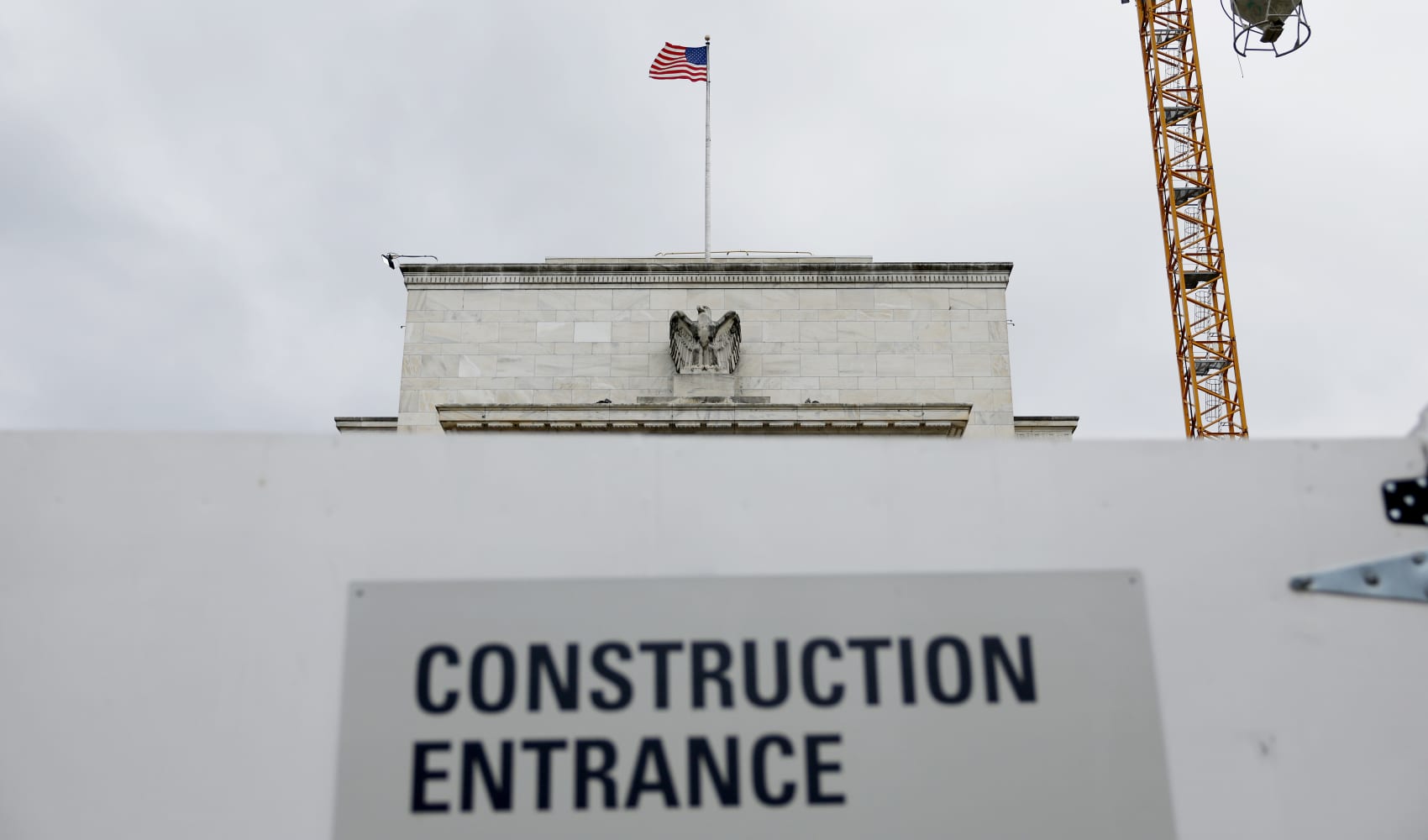
- India wants 30% of newly registered private cars to be electric by 2030.
- But out of around 4.2 million passenger vehicles sold last year, less than 2.5% were EVs, according to Bain & Company.
- Boosting India's charging infrastructure is a vital step that the government needs to take to reach its goal of making electric vehicles widespread by the end of the decade, industry experts told CNBC.
When Carmelita Fernandes, who lives in the Indian city of Pune, first made the switch from her regular car to an electric Tata Nixon in December 2021, she was excited for the journeys that would follow. After all, it was a "five-star rated car and sales were really skyrocketing in India" at the time, she said.
A little over two years after the switch, Fernandes regrets her decision: "I'll never ever buy an electric vehicle again."
In the first five months after the purchase, Fernandes' car battery died halfway when she was on a 180-kilometer (111 miles) drive from Pune to Mumbai, two cities in the western state of Maharashtra.
The battery of the EV SUV that cost her 1.4 million Indian rupees ($16,700) tended to deplete faster than expected. "A 40% charge should easily take me for another 40km, but it dropped to 0% within 5km," Fernandes said.
"If I can't drive for four to five hours from Mumbai to Pune, I don't think I can use the EV anywhere. It'll be impossible to go to further cities like from Mumbai to Goa which are about 600km away from each other," she told CNBC.
Fernandes' story is not unique. In India, "Range anxiety" remains a significant hurdle preventing drivers from making the transition from internal combustion engine to EV cars, analysts said.
Money Report
The world's most populous country has an ambitious goal for 30% of newly registered private cars to be electric by 2030. However, out of around 4.2 million passenger vehicles sold last year, less than 2.5% were EVs, according to Bain & Company, an industry consulting firm.
"Charging infrastructure in India's electric vehicle market is still not fully developed, but companies want more vehicles on the road before they invest more. On the other hand, potential electric vehicle buyers first want more chargers on the road," said Brajesh Chhibber, partner at McKinsey India.
Feeling out of the loop? We'll catch you up on the Chicago news you need to know. Sign up for the weekly Chicago Catch-Up newsletter.
"It's a chicken-or-egg problem on which should come first," Chhibber told CNBC.
As of August 2023, Tata Motors dominated 72% of India's EV market, followed by MG Motors with with a 10.8% share. EVs from Mahindra & Mahindra, Citroen, BYD, Hyundai and Kia make up the rest of the market, data from Canalys showed.
Increasing charging capacity
Boosting India's charging infrastructure is a vital step that the government needs to take to reach its goal of making electric vehicles widespread by 2030, industry experts told CNBC.
After the U.S., India has the world's second-largest road network, spanning 6.3 million kilometers.
However, as of February, there were roughly 12,100 public EV car chargers in the world's most populous country, still far from the 1.32 million chargers needed by 2030.
But charging companies are hesitant to scale up infrastructure for fear that they would be underutilized, said Mihir Sampat, partner at Bain & Company in Mumbai.
"The economics of running a charging point station are fundamentally driven by how much your chargers are utilized," Sampat said. "You ideally want chargers to be utilized at least 15-20% of the time. And for that, chargers need to be in an area with a dense EV population."
There are around 200 EVs per commercial charging point in India, as compared to approximately 20 in the U.S. and less than 10 in China, according to a report published by Bain in December of last year.
Fernandes recounted how she would stop at the Khalapur Toll Plaza, on the Mumbai-Pune expressway, during her trips from Bombay to Pune to charge her EV. The chargers had to be booked long in advance or she couldn't use them in a timely manner.
"It would sometimes ask me to wait for more than two hours to charge my car," she said. "I end up using more power and wasting my battery by looking for a charger."
Although the Indian government has made significant strides to increase the number of EV chargers on highways, infrastructure for intercity usage near shopping malls and office buildings need to be ramped up too, McKinsey's Chhibber added.
Other setbacks driving consumers away
A lack of charging infrastructure is not the only problem EV drivers are facing. High costs and low variety in models are two other factors keeping drivers from making the switch from ICE to EV cars, analysts said.
Maurti Suzuki, India's largest carmaker, will only be releasing its first EV car model next year. While Tata only offers five EV car models, and MG Motors offers two, the company's websites showed.
"Customers are pushing back on making the switch to EVs and are waiting for new products and a wider portfolio to come," Chhibber said.
"India remains a very price sensitive four-wheeler market. Companies are going to have to develop lower cost EVs that are comparable to ICE cars," Bain & Company's Sampat said, adding that battery costs first need to come down.
The price of one of Tata's Punch, one of its most popular ICE SUVs, start at 612,900 Indian rupees ($7,300), compared to its EV counterpart with a starting price of 1.1 million Indian rupees ($13,100)






